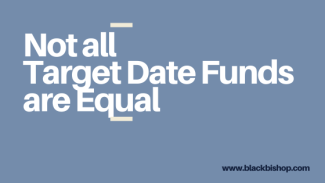
Not All Target Date Funds Are Equal (Understanding “To” vs. “Through”)
When it comes to investing for retirement, there are a LOT of options. A popular one is a Target Date Fund (or TDF for short).
It’s important to understand what a target date fund is and how different funds vary in their investment strategy if you’re considering investing in this type of fund or adding this option to your company retirement plan for employees to invest in.
What is a Target Date Fund?
There are several names used for target-date funds that include target-date retirement funds, age-based funds, and life-cycle fund.
Investopedia.com lists the definition of a target date fund as, “… a class of mutual funds or ETFs that periodically rebalances asset class weights to optimize risk and returns for a predetermined time frame.”
They offer a convenient retirement savings strategy (multiple asset classes in one fund) that should remain appropriate throughout the life of the investor without the investor having to rebalance their own portfolio as they approach retirement.
Target date funds have a year in their name that indicates the retirement age at which the investor typically would want to start taking money out of the fund and so it rebalances annually to take more risk when you’re young and gets more conservative as you approach that retirement age.
The speed at which a target date fund rebalances its assets to the optimum allocation for retirement is called it’s “glide path” and different funds – even with the same target retirement date, might have a different glide path based on the strategy employed.
The Difference Between a “To” Retirement Strategy and a “Through” Retirement Strategy
A target-date fund may be designed to take you "to" or "through" retirement.
Generally, a "to retirement" target-date fund will reach its most conservative asset allocation on the date of the fund’s name. After that date, the allocation of the fund typically does not change throughout retirement.
A target-date fund designed to take an investor "through retirement" continues to rebalance and generally will reach its most conservative asset allocation after the target date. While these funds continue to decrease exposure to equities throughout retirement, they may not reach their most conservative point until the investor is well past age 65.
Still have questions?
There is a process you should take when evaluating target date funds that include understanding the fund’s investment strategy and glide path.
And once you’ve invested it’s important to monitor the glide path and any possible strategy changes.
If you have any questions about investing in or adding target date funds to your retirement, we’d be happy to talk to you. Contact us to set up a no-obligation call to go over your options.

